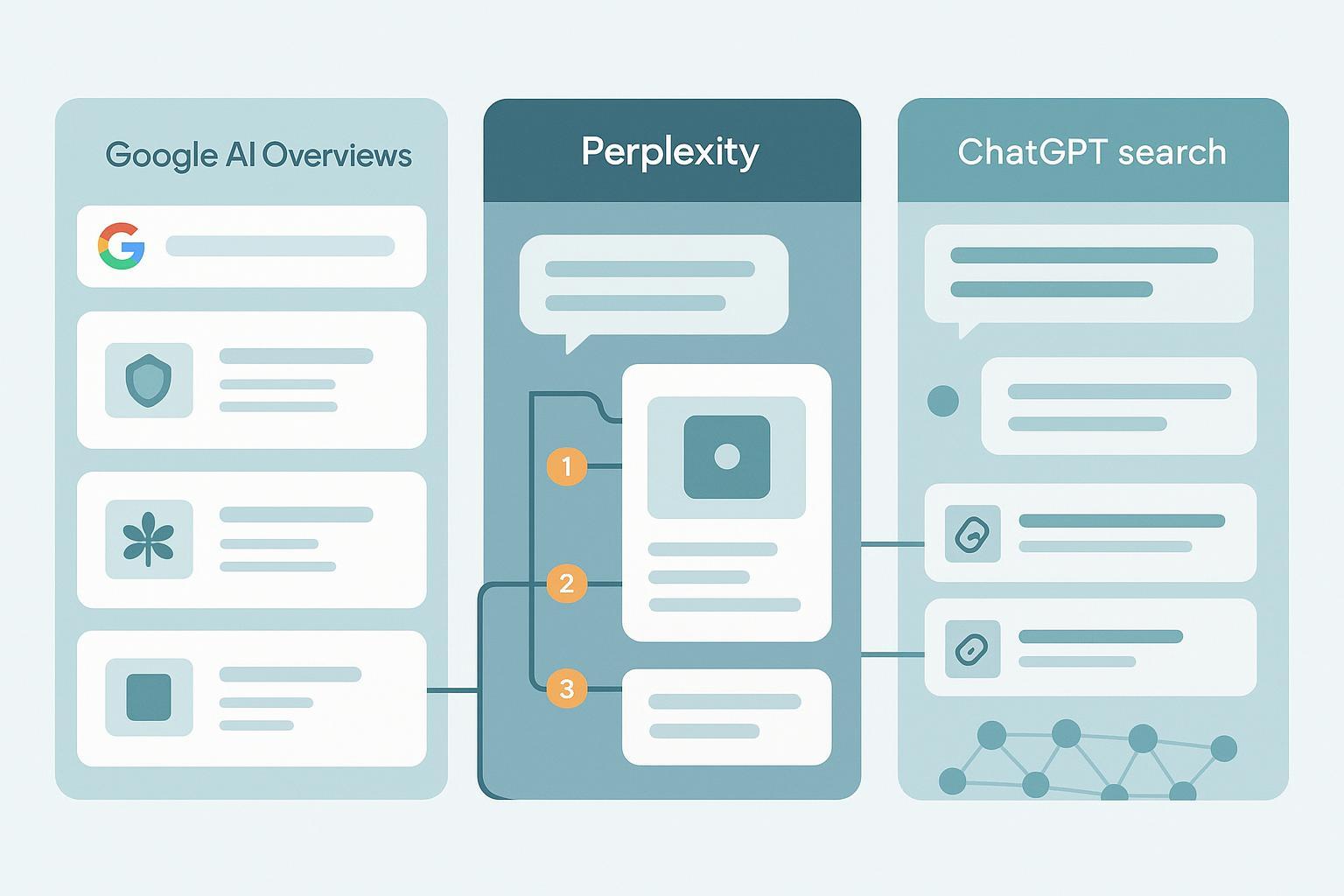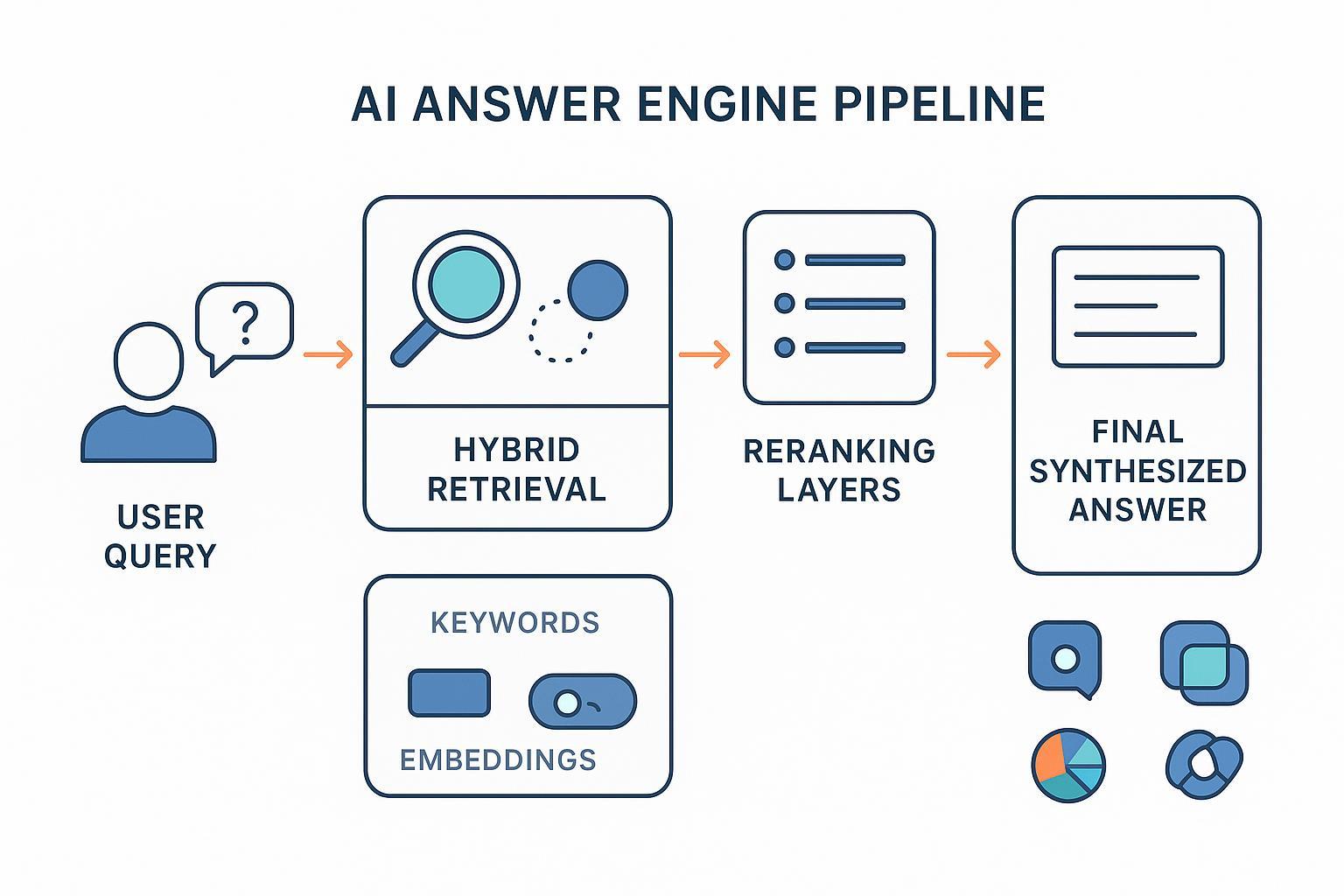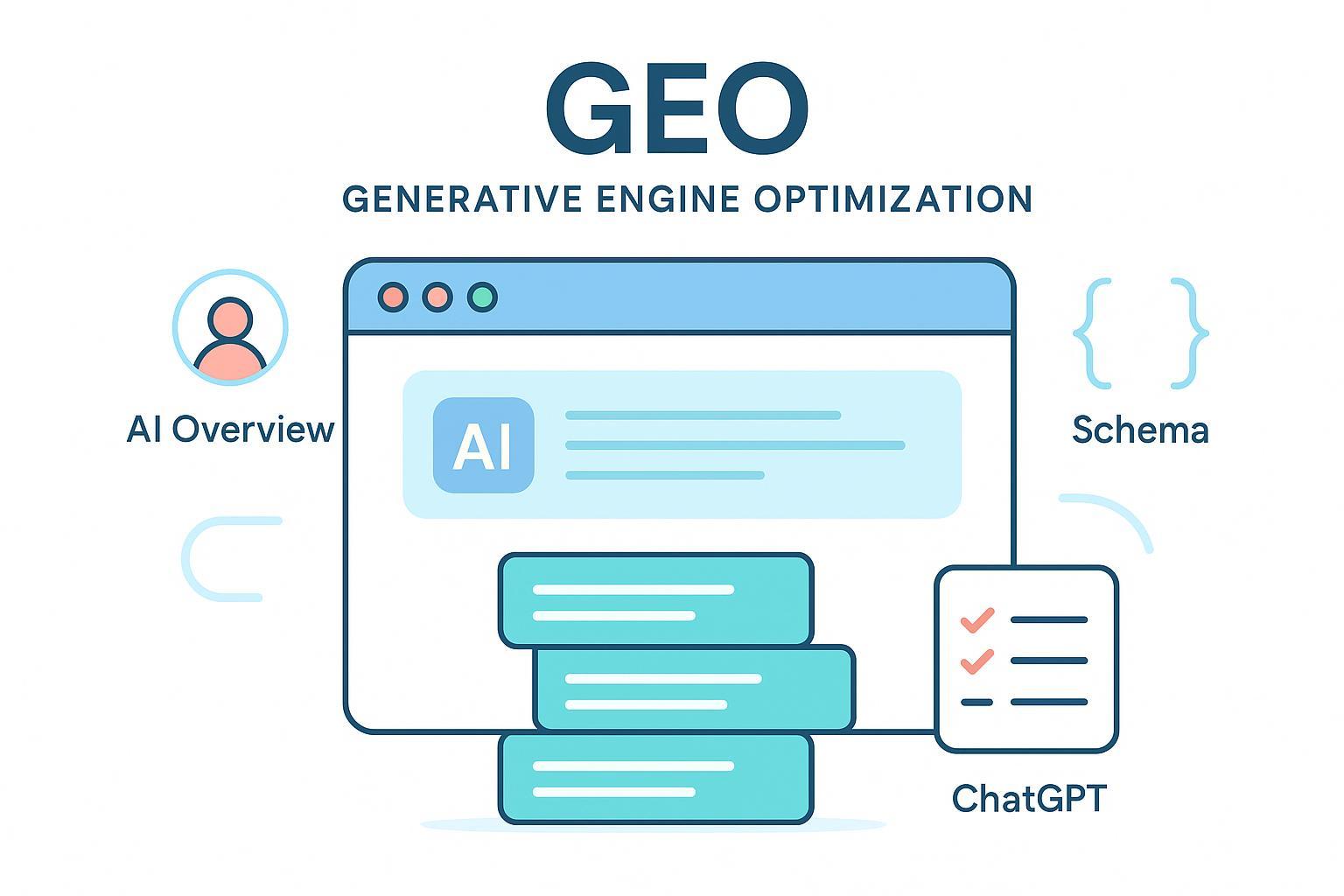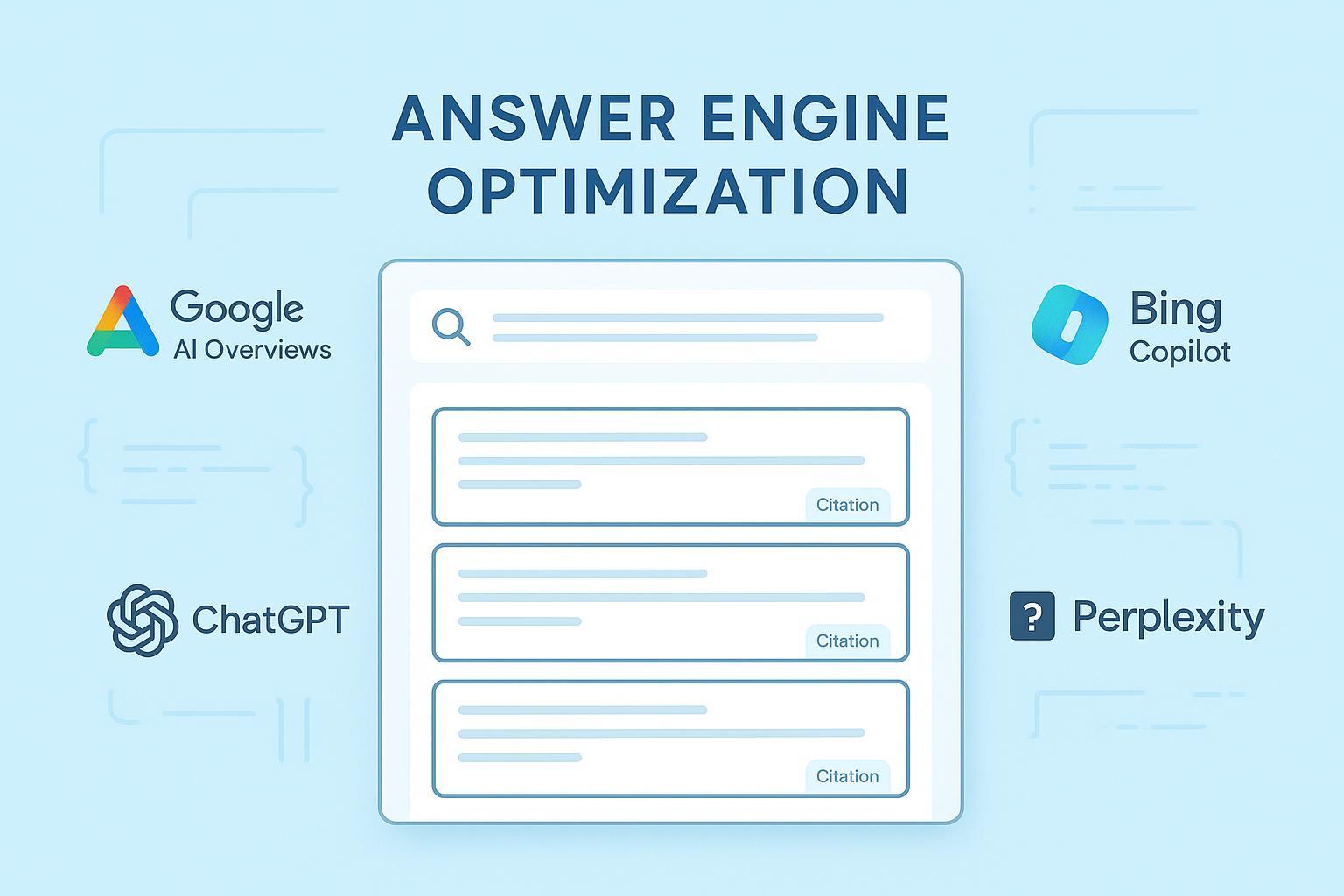GEO Content Best Practices for 2025: Clear, Concise & AI‑Scannable
Discover actionable GEO content best practices for 2025—learn to create clear, concise, AI-scannable copy that boosts search visibility and AI citations. Advanced workflows, KPI metrics, and troubleshooting for digital marketers.

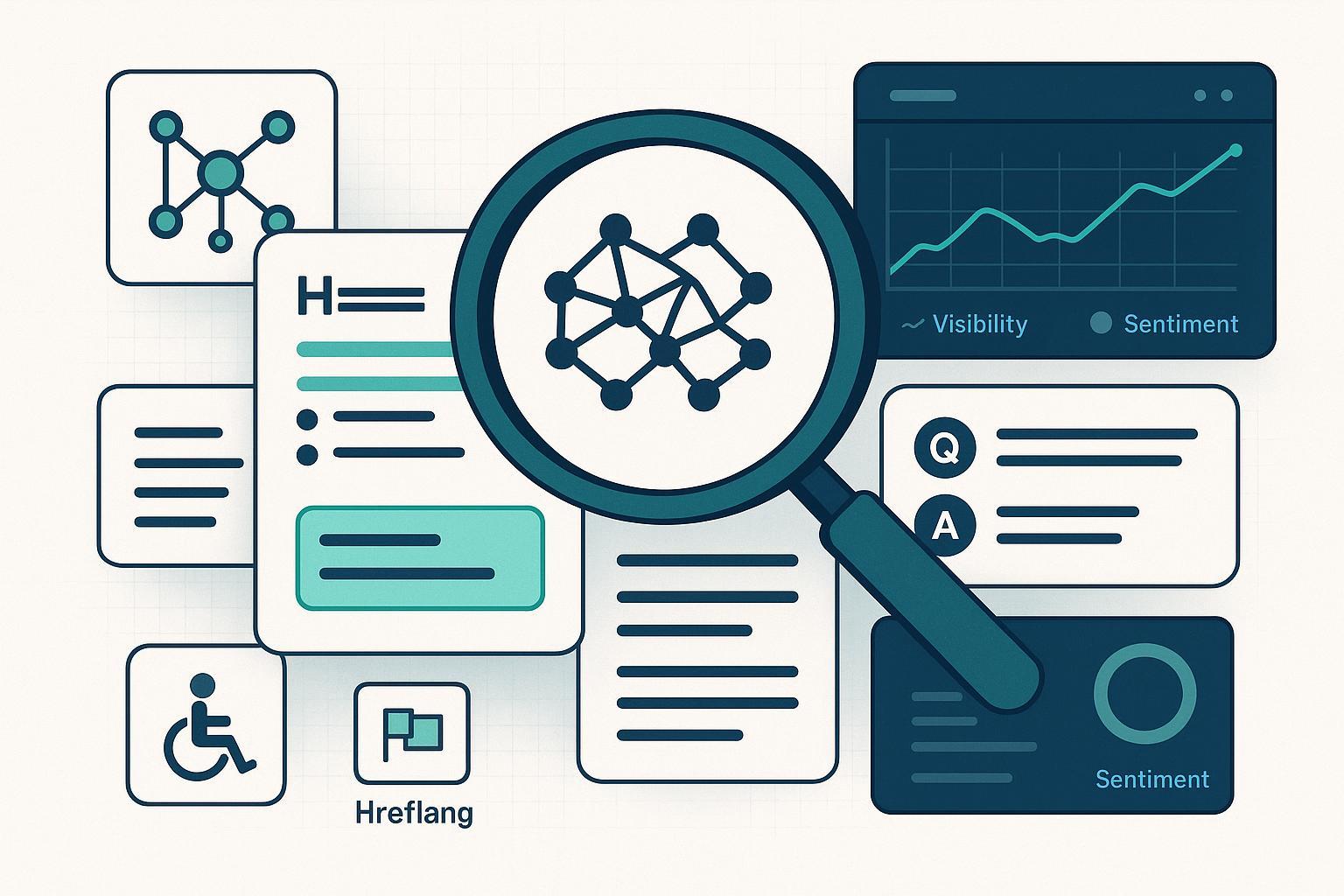
As practitioners, we’ve learned that winning in Generative Engine Optimization (GEO) is less about clever tricks and more about removing ambiguity. AI answer engines reward content that’s unambiguous, well‑structured, and easy to quote. This guide distills field‑tested methods you can implement today to improve your odds of being cited, credited, and trusted across AI Overviews/Mode, Copilot, Perplexity, and ChatGPT Search.
What “AI‑scannable” means in practice
“AI‑scannable” content is engineered for machine understanding and human usefulness at the same time. In 2025, Google emphasizes that eligibility for AI features still hinges on basic search requirements—indexability, snippet eligibility, and high‑quality, user‑first content, with links surfaced as supporting sources when appropriate, per Google’s guidance on AI features and website eligibility. See Google’s 2025 framing in the Developers blog on succeeding in AI search and the canonical documentation on AI features:
- According to Google (2025), sites should focus on content quality, technical health, and user‑first value in AI experiences, as outlined in the guidance on “Top ways to ensure your content performs well in Google’s AI search experiences.”
- Google states that pages cited in AI Overviews/Mode must be indexable and snippet‑eligible, as described in “AI features and your website.”
In plain terms: if your page loads fast, is indexable, states answers clearly up front, and provides verifiable evidence, you’ve done the most important work.
Core writing patterns that AIs reliably parse
- Answer‑first structure
- Start sections with a 2–4 sentence direct answer. Follow with supporting context, then evidence or examples.
- Example
- Weak: “There are many considerations when choosing a CRM…”
- Better: “The best CRM for a 10–50‑person B2B team is one that integrates natively with your email and calendar, supports custom objects, and enforces required fields at deal creation. This reduces manual work and improves pipeline accuracy.”
- Modular content blocks
- Organize content into 100–300‑word units with clear H2/H3 headings. Use bullet lists for steps and checklists. Include visible Q→A pairs for common questions.
- Entity clarity and consistency
- Name entities early (people, companies, products, locations) and use consistent labels throughout to aid entity resolution.
- Evidence proximity
- Keep data, citations, or original methodology near the claim. Use primary sources and ensure the on‑page copy matches the linked evidence.
- Sentence economy
- Aim for 12–20 words per sentence and 2–4 sentences per paragraph. Prefer concrete verbs, avoid filler, and keep parallel list structure.
Technical scaffolding that supports GEO
- Structured data
- Use JSON‑LD Article markup, nesting Person and Organization entities with accurate author credentials, dates, headline, and image properties. See Google’s “Article structured data” reference for required/recommended fields: “Article structured data.”
- Indexability and crawl health
- Ensure HTTP 200, correct canonicals, updated sitemaps, and no unexpected robots/meta blocks. Server‑render critical content to avoid late injection. Google’s 2025 guidance reiterates these basics in its AI search best‑practice post.
- Metadata hygiene
- Clear titles (≤60 chars), descriptive metas (≤155–160 chars), language tags, and consistent on‑page/markup alignment. Avoid misleading or click‑baity phrasing that conflicts with visible content.
Accessibility and readability are GEO features
Accessible, readable content is easier for large language models to parse and less likely to be misinterpreted. Two WCAG 2.2 practices worth prioritizing:
- Target size and focus visibility
- Ensure actionable targets meet minimum sizes and that keyboard focus is clearly visible. See the WCAG 2.2 specification for criteria and techniques in “Web Content Accessibility Guidelines (WCAG) 2.2.”
- Structural clarity and alt text
- Use logical headings, concise lists, table captions where needed, and descriptive alt text tied to the surrounding context. Plain language also improves first‑read comprehension for humans and machines.
Internationalization for GEO (multilingual/multi‑regional)
For global brands, clarity must survive translation:
- Separate URLs per language/region; don’t swap content dynamically without unique URLs.
- Implement hreflang bidirectionally for all alternates, including self‑references; keep canonical and hreflang clusters aligned.
- Localize metadata, slugs, and alt text; avoid mixing languages on the same page.
- Google’s reference on managing multi‑regional and multilingual sites remains the canonical playbook: “Managing multi‑regional and multilingual sites.”
Measuring success in the GEO era
Traditional SEO metrics don’t capture “clickless” exposure from AI answers. Add AI‑centric KPIs and track them monthly.
- AI citation share: Percent of AI answers that cite or mention your brand for a given topic set.
- AI mentions and sentiment: Volume and tone of mentions across AI surfaces.
- Clickless exposure: Impressions or estimated reach when AI answers summarize your content without a click.
- LLM referral traffic: Actual clicks from platforms that drive traffic (varies by surface and UI).
- Time‑to‑Refresh: Lag between your page update and when AI answers reflect the change.
Indicative benchmarks and context in 2025:
- A Semrush analysis (US desktop, March 2025) reported that approximately “13.14% of queries triggered AI Overviews,” with a heavy skew toward informational intent, as summarized in the “AI Overviews study.” Treat this as directional, varying by sector and locale.
- Pew Research (2025) observed lower link‑click behavior when AI summaries appear—“8% link clicks with summaries vs 15% without,” alongside higher session ends—reported in its “short read on AI summaries and clicks.” Consider these directional; platform owners have disputed some findings.
KPI comparison: SEO vs GEO
| Discipline | Core Visibility Metric | Engagement Metric | Trust/Quality Signal | Speed Signal |
|---|---|---|---|---|
| SEO | Rankings by keyword | Organic CTR/sessions | Backlinks, E‑E‑A‑T cues | Crawl budget, Core Web Vitals |
| GEO | AI citation share by topic/entity | Clickless exposure; LLM referral clicks | Author/Org schema, primary‑source citations, sentiment | Time‑to‑Refresh (page→AI answer latency) |
A repeatable GEO editorial workflow (with a practical tool example)
Use this 7‑step loop to produce AI‑scannable content at scale:
- Define intents and entities
- Inventory customer questions. Map primary intents (informational, navigational, transactional) and the entities you must name consistently (brand, products, categories, people).
- Structure for answer‑first clarity
- Draft a concise answer, then supporting detail, then sources. Segment into modular blocks (100–300 words) with Q→A sections and bulleted steps.
- Add technical scaffolding
- Implement JSON‑LD Article markup with Person/Organization, ensure indexability, and align metadata with visible content.
- Accessibility pass
- Validate headings, alt text, target sizes, and focus styles. Keep language simple and consistent.
- Publish and cross‑link responsibly
- Link to primary sources near claims and to your own canonical “About/Fact” pages to strengthen entity consistency.
- Monitor AI surfaces and sentiment
- Track where you’re cited or mentioned across AI Overviews/Mode, Copilot, Perplexity, and ChatGPT Search. Watch sentiment and identify gaps where competitors are credited instead of you. For examples of cross‑industry measurement approaches, see our internal resource on “2025 AI Search Strategy Case Studies: Cross‑Industry Best Practices.”
- Refresh based on evidence
- Update answer blocks with clearer wording, fresher data, or better examples. Re‑validate markup and accessibility. Repeat the loop monthly for priority topics.
Practical tool example (monitoring and feedback loop)
- Many teams centralize AI visibility tracking so editors can see which pages are cited by which engines, how often, and with what sentiment. Platforms in this category help you monitor brand mentions across ChatGPT, Perplexity, and Google AI experiences, and organize historical query records for comparison. One such platform is Geneo, which provides cross‑platform AI visibility tracking, sentiment analysis, and content strategy suggestions that align with GEO workflows. Disclosure: Geneo is our product.
- Implementation tip: connect your topic/entity map to your monitoring tool, tag mentions by intent, and review monthly. Prioritize updates where you have high impressions but low citation share.
Troubleshooting and risk management
A) You’re missing from AI answers
- Technical hygiene: Confirm indexing, canonical, robots/meta, and sitemap coverage. Ensure the answer is truly stated up front, not buried.
- Entity and authority signals: Strengthen Person/Organization schema, author bios, and outbound links to primary sources. Publish or update your canonical “About/Fact” page.
- Recency: Update time‑sensitive stats and show visible modified dates. Add examples and data that others will cite.
B) AI mentions are wrong or negative
- Google AI experiences: You can adjust snippet exposure using controls like nosnippet, max‑snippet, and data‑nosnippet where appropriate, balancing trade‑offs with regular snippets as described in Google’s AI features documentation referenced above.
- OpenAI ChatGPT Search: Report inaccuracies using the in‑product reporting flow documented in OpenAI’s announcement and Help Center for “ChatGPT Search.” Keep records (screenshots, timestamps) and suggested corrections.
- Perplexity and others: Contact support or publisher relations; responses vary by platform. If enrolled in publisher programs, use those channels.
C) Accessibility or internationalization issues
- Run a WCAG 2.2 check and fix critical failures (targets, focus, headings, alt text). Validate hreflang clusters, localized metadata, and consistent canonicalization for each locale.
D) Governance and crawler control
- If content usage governance is a priority, consider publishing an llms.txt policy at your root and complement it with CDN/WAF crawler controls. Industry bodies are formalizing patterns; the IAB Tech Lab’s 2025 “LLMs & AI Agents Integration Framework” outlines an emerging approach to disclosures and permissions in “IAB Tech Lab LLMs & AI Agents Integration.” Treat these as evolving, not guaranteed enforcement.
Implementation checklist
- Answer‑first: 2–4 sentence direct answer starts each major section.
- Modular blocks: 100–300‑word units; Q→A pairs for FAQs.
- Evidence: Primary sources linked near claims; dates visible.
- Technical: JSON‑LD Article + Person/Organization; indexability verified.
- Accessibility: WCAG 2.2 basics—targets, focus, headings, alt text.
- Internationalization: Separate URLs; hreflang; localized metadata.
- Measurement: AI citation share, mentions/sentiment, clickless exposure, time‑to‑refresh.
- Feedback loop: Monitor AI surfaces and refresh monthly.
2026 watchlist (plan ahead, don’t chase hype)
- AI UI volatility: Expect link display and crediting to evolve; continue testing “answer‑first + evidence proximity.”
- Faster refresh cycles: Monitor how quickly LLMs incorporate page updates; reduce your time‑to‑refresh with cleaner markup and clearer summaries.
- Publisher controls: Track adoption of llms.txt‑style declarations and network‑level AI crawler management.
Consistent execution—clear answers, strong structure, precise entities, credible sources, and disciplined measurement—is what moves the needle in GEO. Start with one high‑value topic cluster, ship through the 7‑step loop, and iterate based on what AI engines actually cite.


